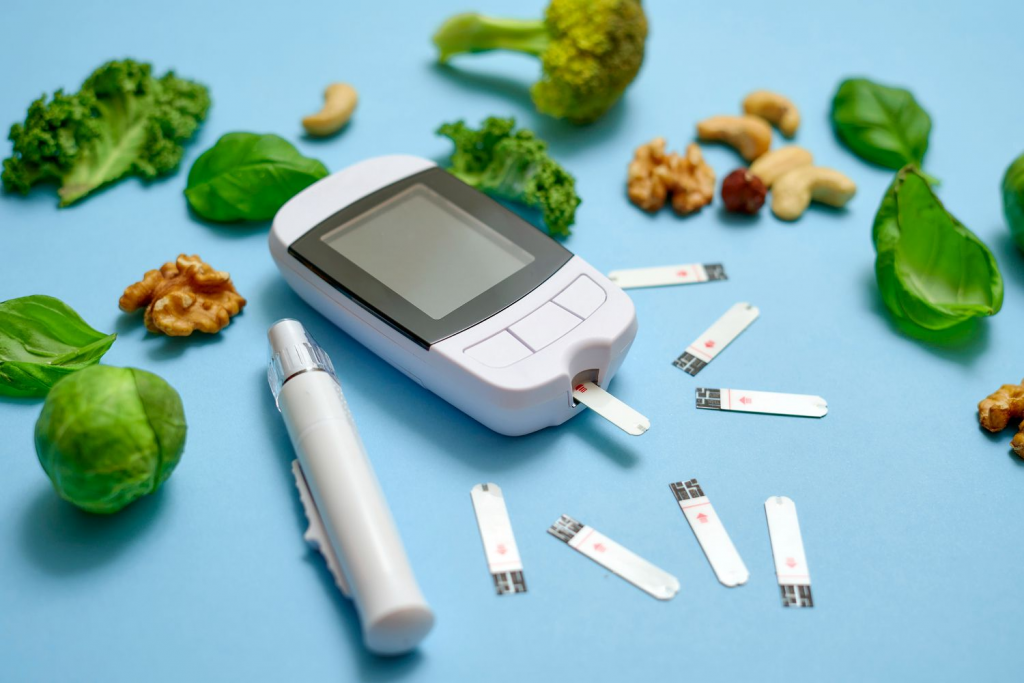In the quest for groundbreaking solutions to combat type 2 diabetes, scientists at the University of Otago in New Zealand have unearthed a hidden treasure—a plant extract that targets the inflamed regions of the brain responsible for glucose regulation.
Type 2 diabetes (T2D) poses a formidable challenge, impacting the body’s ability to utilize glucose effectively for energy. A combination of inadequate insulin and insulin resistance fuels this metabolic disorder, making it crucial to address risk factors like weight, exercise, and diet to prevent or delay its onset.
Detecting T2D early holds the key to managing its progression. Prediabetes, a precursor to T2D, often flies under the radar with mild symptoms that can easily go unnoticed. However, without timely intervention, prediabetes is likely to transform into full-fledged diabetes.
With T2D accounting for a staggering 98% of global diabetes diagnoses, finding early and effective treatments is imperative. Enter the researchers at the University of Otago, New Zealand, who have stumbled upon a plant extract that possesses the power to regulate glucose by targeting the brain’s glucose-regulating regions—a breakthrough with far-reaching implications for individuals battling T2D.

Our understanding of the brain’s role in glucose regulation is widely accepted. In individuals without diabetes, insulin, the hormone responsible for shuttling glucose from the bloodstream into the body’s cells for energy, reaches the hypothalamus—a small, central region in the brain. This sets off a cascade of events that mediates the effects of insulin. However, inflammation in the hypothalamus has been identified as a key contributor to insulin resistance, a hallmark of T2D.
Drawing from previous research conducted on mice, the scientists uncovered the glucose-lowering and insulin-sensitizing effects of butein, a compound derived from plants, in obese and glucose-intolerant mice. Butein’s ability to reduce inflammation in the hypothalamus prompted the researchers to explore whether an extract from the petals of the dahlia flower, known to contain butein, could revolutionize the treatment of prediabetes and T2D in humans.
To put their theory to the test, the researchers harnessed the power of dahlia flower petals and administered the extract at various doses to mice fed a high-fat diet. The results were astounding— a 10 mg/kg body weight dosage exhibited improved glucose tolerance and insulin sensitivity in the mice. What’s more, the extract did not impact the blood glucose levels of healthy control mice following a low-fat diet.

Bolstered by these initial findings, the researchers subjected the high-fat diet-fed mice to a daily regimen of dahlia extract for five weeks. The results were even more promising— the mice treated with the extract showcased enhanced glucose tolerance compared to their counterparts. Moreover, meticulous examination of the mice’s livers revealed no signs of toxicity, highlighting the extract’s safety profile.
Further exploration led the researchers to identify two additional compounds, isoliquiritigenin and sulfuretin, alongside butein in the dahlia extract. While these compounds individually or in combination displayed limited effectiveness in improving glucose tolerance, the synergy among all three compounds produced a significant improvement.

Delving deeper into the mechanisms behind these effects, the scientists observed a reduction in hypothalamic inflammation upon administering the dahlia extract, suggesting that its glucose-lowering properties were mediated by its anti-inflammatory action. Emboldened by these results, the researchers took a significant leap forward by conducting a “first-in-human” trial.
In a randomized controlled trial involving 13 participants with prediabetes or T2D, the dahlia extract showcased its potential as a game-changer. Glucose tolerance witnessed notable improvements in both groups. Remarkably, the participants who met the World Health Organization’s criteria for a T2D diagnosis experienced even greater benefits with a higher dose of 60 mg/m2. Importantly, the extract had no discernible impact on liver function, renal function, or overall health in the participants.
Alexander Tups, the study’s corresponding author, expressed his optimism about the transformative impact of this intensive research on individuals grappling with impaired blood sugar regulation. “I hope and I truly believe that the outcome of our intensive research will bring immense relief to people suffering from this condition,” he asserted. With promising outcomes in their hands, the researchers are now collaborating with external stakeholders to make a natural dahlia extract supplement available to the masses.
Published in the esteemed journal Life Metabolism, this study serves as a beacon of hope for individuals navigating the challenging terrain of T2D. Get ready to embrace a revolution in diabetes management!


